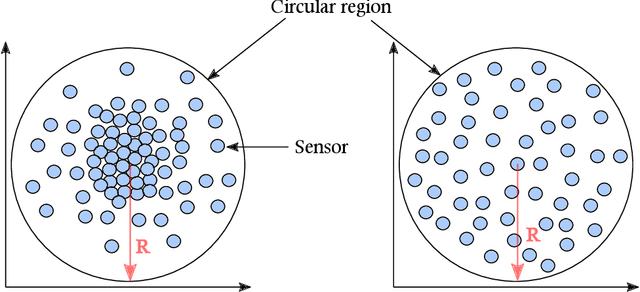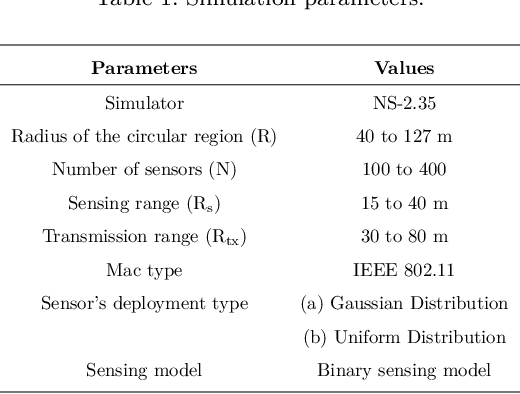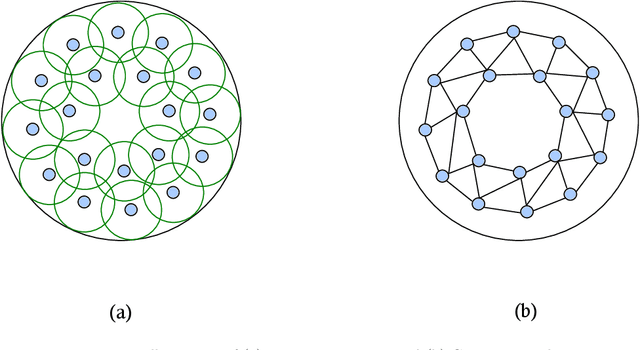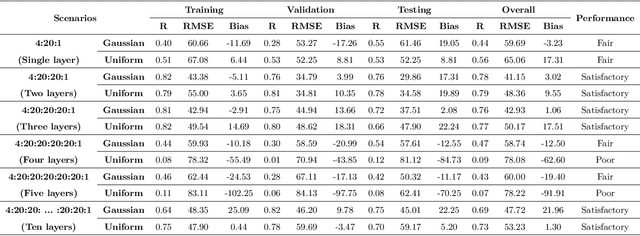Jaiprakash Nagar
A deep learning approach to predict the number of k-barriers for intrusion detection over a circular region using wireless sensor networks
Aug 25, 2022



Abstract:Wireless Sensor Networks (WSNs) is a promising technology with enormous applications in almost every walk of life. One of the crucial applications of WSNs is intrusion detection and surveillance at the border areas and in the defense establishments. The border areas are stretched in hundreds to thousands of miles, hence, it is not possible to patrol the entire border region. As a result, an enemy may enter from any point absence of surveillance and cause the loss of lives or destroy the military establishments. WSNs can be a feasible solution for the problem of intrusion detection and surveillance at the border areas. Detection of an enemy at the border areas and nearby critical areas such as military cantonments is a time-sensitive task as a delay of few seconds may have disastrous consequences. Therefore, it becomes imperative to design systems that are able to identify and detect the enemy as soon as it comes in the range of the deployed system. In this paper, we have proposed a deep learning architecture based on a fully connected feed-forward Artificial Neural Network (ANN) for the accurate prediction of the number of k-barriers for fast intrusion detection and prevention. We have trained and evaluated the feed-forward ANN model using four potential features, namely area of the circular region, sensing range of sensors, the transmission range of sensors, and the number of sensor for Gaussian and uniform sensor distribution. These features are extracted through Monte Carlo simulation. In doing so, we found that the model accurately predicts the number of k-barriers for both Gaussian and uniform sensor distribution with correlation coefficient (R = 0.78) and Root Mean Square Error (RMSE = 41.15) for the former and R = 0.79 and RMSE = 48.36 for the latter. Further, the proposed approach outperforms the other benchmark algorithms in terms of accuracy and computational time complexity.
* Singh, A., Amutha, J., Nagar, J., & Sharma, S. (2022). A deep learning approach to predict the number of k-barriers for intrusion detection over a circular region using wireless sensor networks. Expert Systems with Applications, 118588
 Add to Chrome
Add to Chrome Add to Firefox
Add to Firefox Add to Edge
Add to Edge